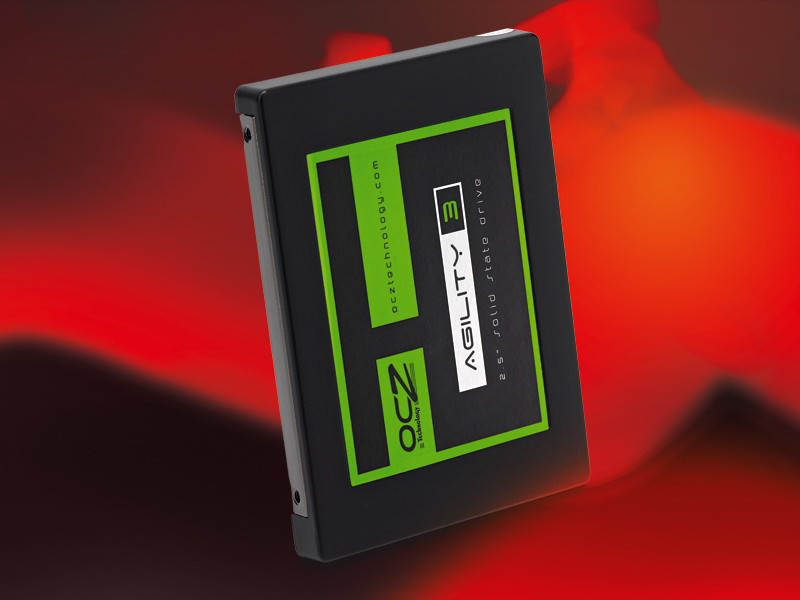TechRadar Verdict
Pros
- +
Latest SandForce controller
- +
6Gbps SATA support
Cons
- -
Asynchronous NAND spoils performance
- -
Not cheap enough compared to Vertex 3
Why you can trust TechRadar
SandForce's hotly anticipated new SF-2200 controller? Check. 240GB of solid state memory? Yup. SATA 6Gbps support? Affirmative. Sequential read and write performance in the 500MB/s ball park? Oh, yes.
Just what separates this OCZ Agility 3 drive from its seemingly identical Vertex 3 sibling? Not a lot, as it happens. But there is one difference.
The Agility 3 makes do with asynchronous rather than synchronous NAND memory. But what, exactly, does this mean? Asynchronous NAND is cheaper and cheaper usually means slower.
In this case, the reasons are rather subtle and involve the way flash memory chips sync with other parts of the SSD chipset over a given clock cycle. But the crucial upshot is that the asynchronous NAND limits the Agility 3 to 50MB/s per channel, whereas the Vertex punches out 200MB/s.
DuraWrite maths rewrite
Now, that does seem like a yawning gap in performance. Given that both drives have eight memory channels, it also begs the question of how the Agility 3 can possibly deliver 500MB/s. Do the maths. It doesn't add up.
The answer, of course, is SandForce's DuraWrite technology which cleverly compresses data before it's stored in the NAND cells, effectively boosting bandwidth. Except, that is, when you're dealing with incompressible data. Like, zip files. And MP3 tracks. And video clips. Which, when you think about it, represents most of the really hefty files on most people's PCs.
It's worth bearing this in mind in the context of the small price difference between OCZ's pairing. Predictably, therefore, the Agility 3 scores highly in the standard ATTO sequential read and write benchmark, clocking up over 500MB/s in both metrics. Truly monumental numbers, we think you'll agree.
Sign up for breaking news, reviews, opinion, top tech deals, and more.
However, fire up the AS SSD test, and things aren't quite so peachy as AS SSD uses incompressible data. The result is sequential read and write performance around the 200MB/s mark. Not so monumental, then.
Mercifully, random access performance is less bandwidth limited allowing the Agility 3 to keep a little closer to the Vertex 3 in the AS SSD 4K read and write benchmarks. More importantly, barring the Vertex 3, the Agility 3 is mostly as quick as anything else on test in the 4K random tests, which bodes well for day-to-day desktop use.
As for real-world application performance, the Agility 3 is solid if not spectacular. It's in roughly the same ballpark as the non-SandForce competition in our file decompression race, but a little off the pace when installing games.
Of course, it's attractively priced for a 240GB drive with the latest SandForce controller technology. But then the OCZ Vertex 3 only costs an extra 10 per cent and tops the performance tables across the board. In the end, that £30 discount just isn't enough.
Follow TechRadar Reviews on Twitter: http://twitter.com/techradarreview
Technology and cars. Increasingly the twain shall meet. Which is handy, because Jeremy (Twitter) is addicted to both. Long-time tech journalist, former editor of iCar magazine and incumbent car guru for T3 magazine, Jeremy reckons in-car technology is about to go thermonuclear. No, not exploding cars. That would be silly. And dangerous. But rather an explosive period of unprecedented innovation. Enjoy the ride.
